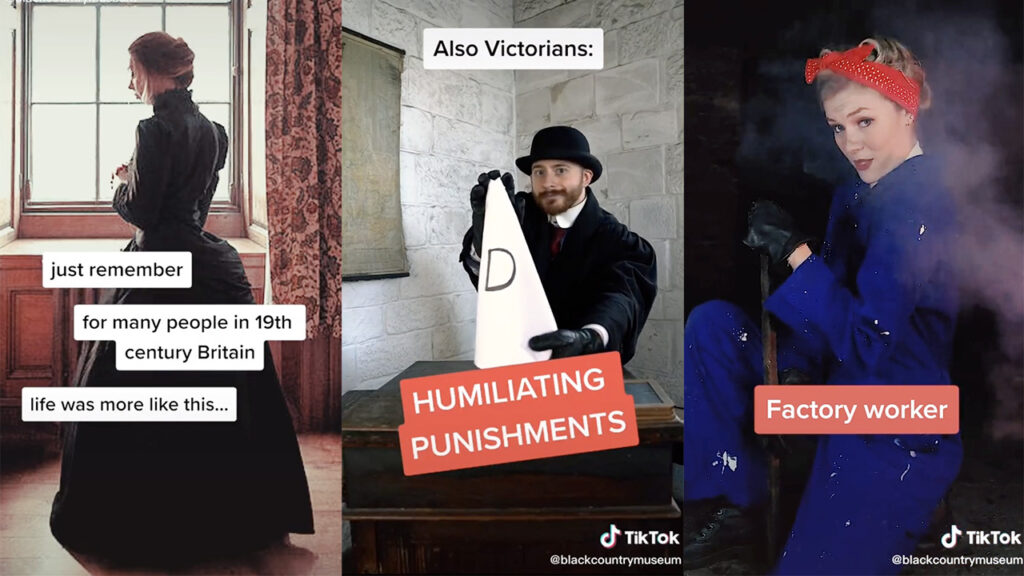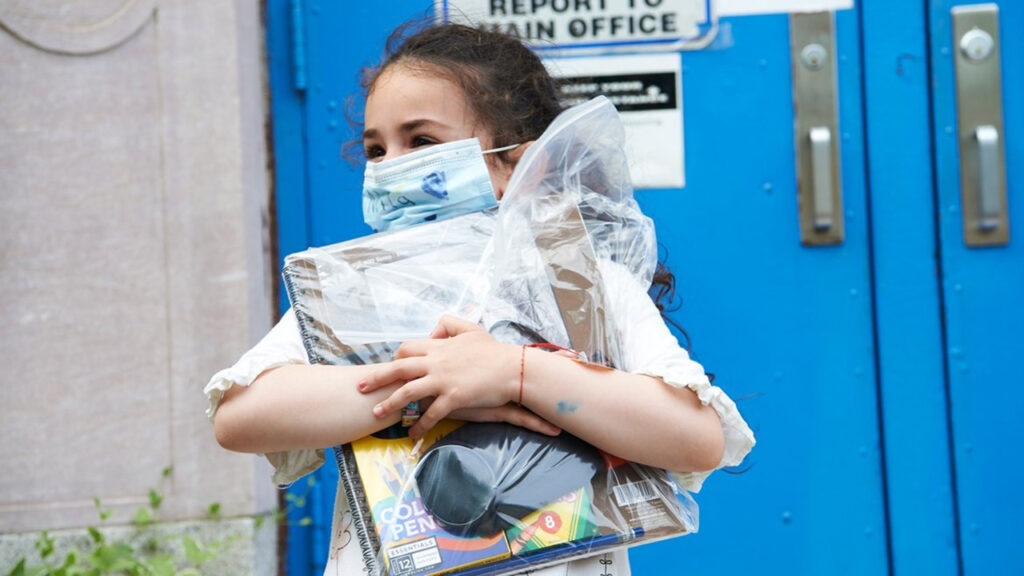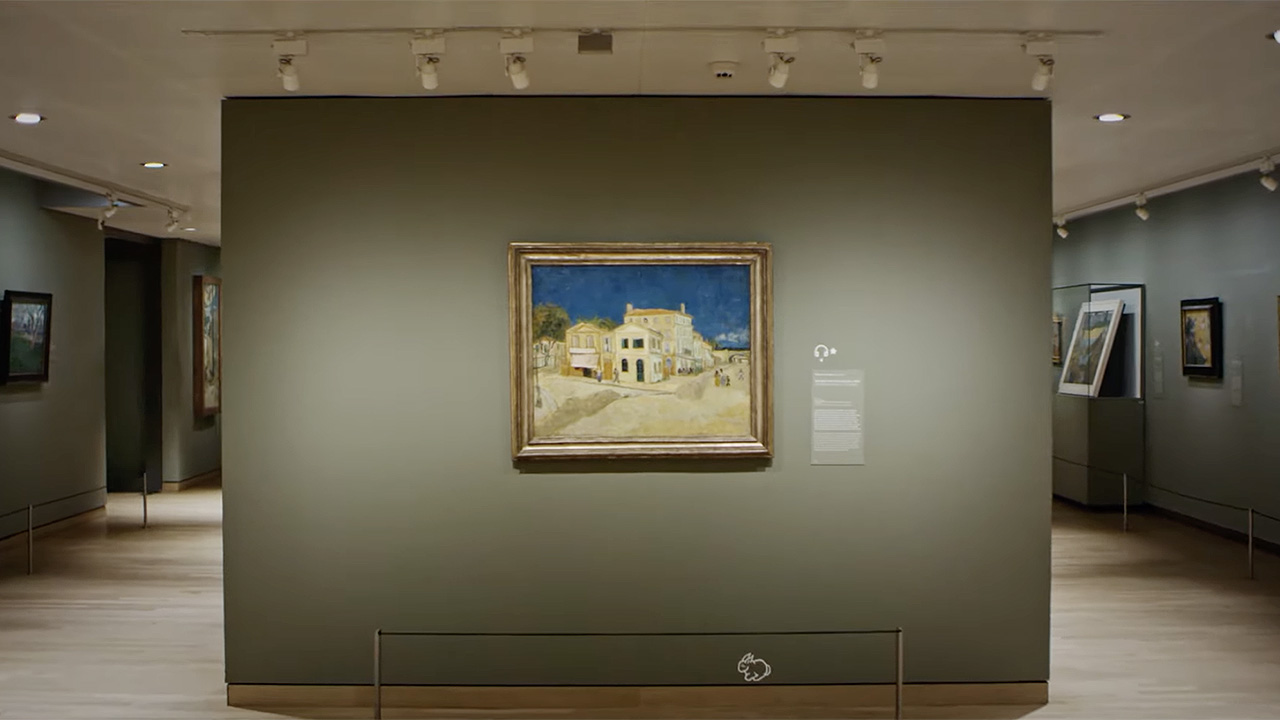Following the museum sector’s year of accelerated digital transformation, Smartify, in collaboration with Jing Culture & Commerce, presents a guest series spotlighting strategies that cultural institutions can leverage to expand their outreach and enrich their storytelling. Find more from the series here.
This month, Smartify introduces five key takeaways from 2020’s lockdown programming.
What high quality content is
At the beginning of the pandemic, museums created virtual gallery rooms, re-released archive footage from their YouTube channels, and hosted livestreams. While that was okay for the first month of lockdown, many of us quickly reached or exceeded the point of saturation for consuming “content.” A year on, what audiences really value is not more content, but high quality content that is easy to access and search. This takes time, skill, and the right tools and platforms.
That digital content can make money!
For years, museums made their online activities available for free. The argument went that access to knowledge should be open to all. In practice, simply putting objects online does not create engaging experiences that truly connect with audiences. Fast forward to 2020 and we see London Transport Museum selling out their £20 hidden London tours and the Barnes Foundation making over $650,000 in a single year of online learning. Audiences are willing to pay for things that they a) have time for, and b) find relevant and valuable. The next step is bundling this up into digital membership, which the Museum of Art and Photography Bangalore and Birmingham Museums Trust are already experimenting with.
How to do transmedia storytelling

The Black Country Living Museum’s TikTok account brings Victorian and World War II eras to life with fun, tongue-in-cheek short videos. Image: Black Country Living Museum on TikTok
Transmedia storytelling is a technique for telling a single story across multiple platforms. This does not mean reusing the same video on Instagram, YouTube, etc, but instead identifying the formats that already work on each platform (YouTube formats are video essays, reaction videos, tutorials) and then creating content that is a complete experience for the channel. Each piece of content should all fit into your overall storytelling goals, and should be satisfying in and of itself. Think about how Star Wars can be translated into movies, mini-series, or even coloring books. Good examples include the Black Country Living Museum, which successfully translated its mission statement to TikTok; and the Adler Planetarium’s comedy sketch show “Wow! Signal” for YouTube. This content stands alone, reaches a very specific audience (not all audiences!), and use the formats already popular on each platform.
What design thinking is
Design thinking has enabled museums to follow simple steps to ensure new content, services, and products meet the needs of audiences. The process starts with field research — talking to audiences, refining a problem statement, rapidly prototyping and testing solutions — and finally, developing the new content, services, or products once it has been endorsed through user testing. Design thinking gives the museum sector a framework not only to make changes, but also to sense how well they are working and iterate on them. It also encourages working in cross-functional teams from across museum departments.
That digital is not the only way to reach people remotely

In June 2020, as part of its Creative Relief Task Force, the Guggenheim Museum’s Education department delivered 1,500 creative kits across the five boroughs of New York City. Image: Guggenheim
Museums reached many new audiences during lockdown. But there are groups that cannot access online programs — for example, people without laptops, tablets, and reliable Wi-Fi, or older audiences or those not confident with technology. Throughout the pandemic, museum teams practiced empathetic audience engagement — working to up-skill and include people. Examples include making phone calls to let groups know about new programs; education teams encouraging participation through opportunities like writing letters, sharing recipes, or photographs; and even delivering creative kits at home. Not all remote programs require a social media plan!



